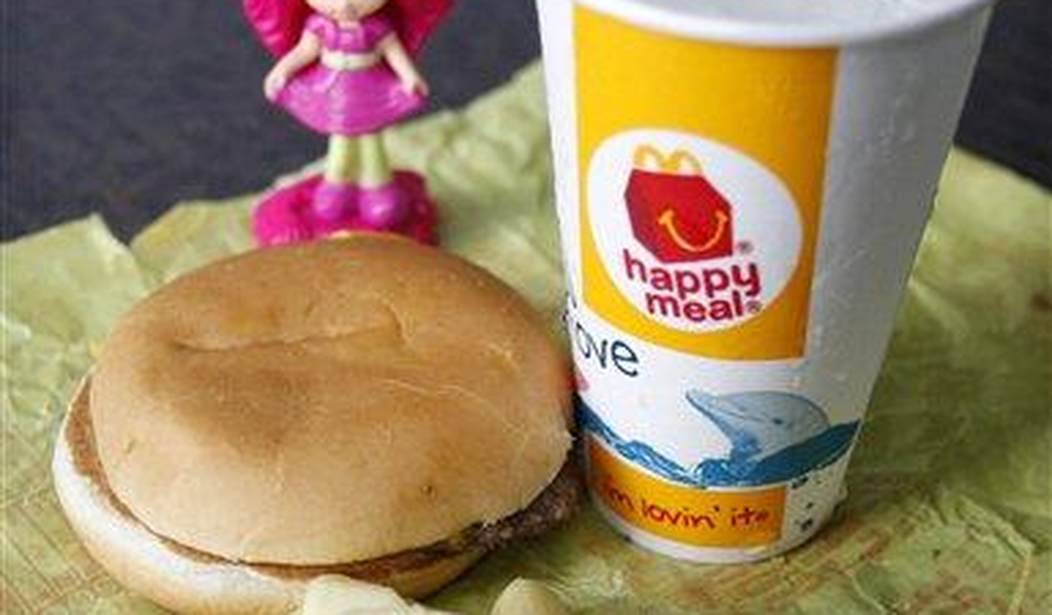Most of you have probably heard of the concept of so-called “food deserts.” These are areas where there are few supermarkets selling fresh, healthier foods. In theory, the further people have to travel to shop for groceries, the less likely they will be to cook and eat healthy meals, leading to a decline in overall health. But the Columbia University Medical Center recently conducted a study to explore a different but related phenomenon. It’s what they call “food swamps.” These are areas where there are once again few grocery stores selling fresh foods, but an abundance of fast food joints selling burgers, fries, and other greasy, less healthy options. They concluded that there are plenty of food swamps, and people living near them are significantly more likely to experience hypertension, strokes, and heart failure. (CBS Baltimore)
Do you live in a “food swamp?” Do you know what a food swamp is? Chances are, you’re probably living near one and that’s potentially putting you at a higher risk of suffering a life-threatening stroke.
A food swamp is an area with a higher density of fast food and junk food options rather than healthy options.
New research by Columbia University Medical Center looked at whether Americans’ stroke risk varies based on how far their county of residence veers into food swamp territory.
This study was of particular interest to health professionals in Maryland because Baltimore came in at the top of a recent list of places with the greatest density of fast food options, but few grocery stores. They also have higher rates of cardiovascular disease and stroke events than the national average.
So perhaps there is some sort of causal relationship here. But in the end, it all comes down to individual choices that people make. If there is sufficient demand for fresh food in a neighborhood without a grocery store, somebody will probably open one. But a lot of people simply aren’t in the habit of eating healthy and they actually like burgers, fries, and other fast foods.
I did a little more digging and found that Montana was the state with the most supermarkets and grocery stores per capita. But because of its vast size and low population, it was also ironically one of the states where people frequently have to drive a long distance to reach a grocery store. When it comes to cities, San Francisco and Manhattan top the list of urban areas with the greatest density of grocery stores.
But if you live in a food swamp, the real question is what can be done about it, assuming you feel it’s a major issue. You can’t just force people to open a supermarket somewhere. We live within a system in the United States that operates on supply and demand. People have to be able to purchase food, so it’s hard to find even a moderately populated area without a grocery store somewhere in the vicinity.
My point here is that the researchers in charge of this project may be making more out of this problem than is required. If you want to help ensure that as many people as possible have access to supermarkets, perhaps the answer is to do something to improve public transportation. People without their own vehicles may indeed be having problems shopping for groceries. Perhaps they could forge some sort of a deal with Uber and Lyft to provide subsidized rides to and from grocery stores. They did the same thing for getting people out to the polls to vote. It seems like the same solution could work for this as well.








Join the conversation as a VIP Member